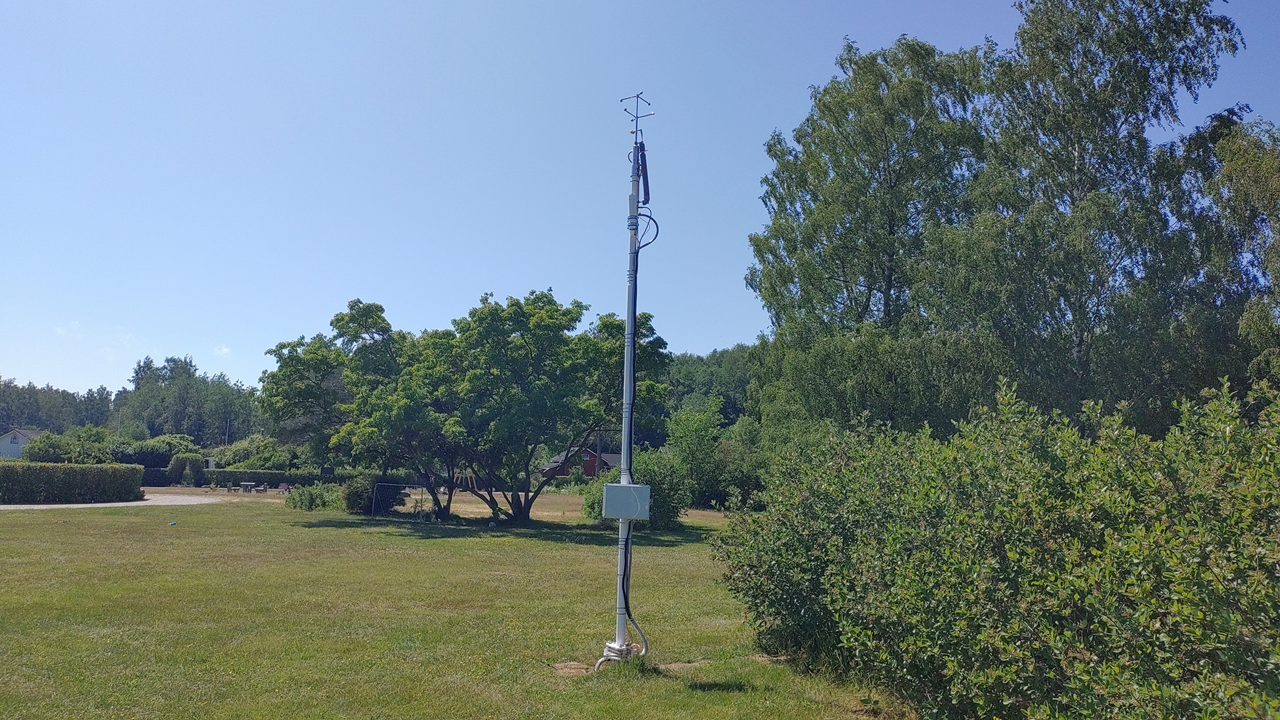Tackling the challenges and using the information on sinks
The reported obstacles and barriers can be used to identify possible remedies that were also discussed in dedicated workshops organised by the project. Capacities can be strengthened through training and pilot experiments. Such activities have been initiated for example by the Finnish programme on “catching the carbon” funded by the Ministry of Agriculture and Forestry.
Forthcoming literature review in the project Kuntanielu (“Municipal sinks” -project) https://www.turku.fi/en/kuntanielu

Fig. 4. Illustration of detailed sink estimation based on carbon flux measurements from the Marjaniemi park and garden area in Helsinki. Site specific information on the development of the sink is obtained. During a single summer day (30.6.) the area varies between being a sink (day time) and a carbon source (night time). If the carbon stock increases during the year the area becomes a net sink. Photograph: Anna Lintunen, Kuntanielu project https://www.turku.fi/en/kuntanielu
The first step in developing a municipal sink policy is to gather information on the level of sinks. The responses to the survey showed that the respondents identify several general uses for the information. Use of the information for actual negotiations over the preservation of sinks was less recognised, only among Danish municipalities slightly more than half of the municipalities foresaw this use, possibly because of existing subsidies for creating wetlands.
Fig. 5. The potential use of information on sinks. “Do not know” was not an option in the Finnish survey.